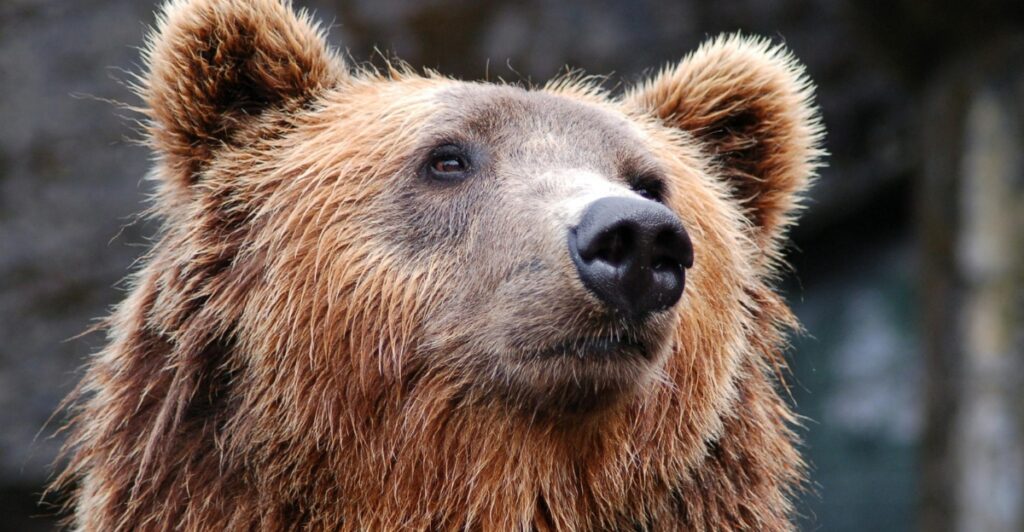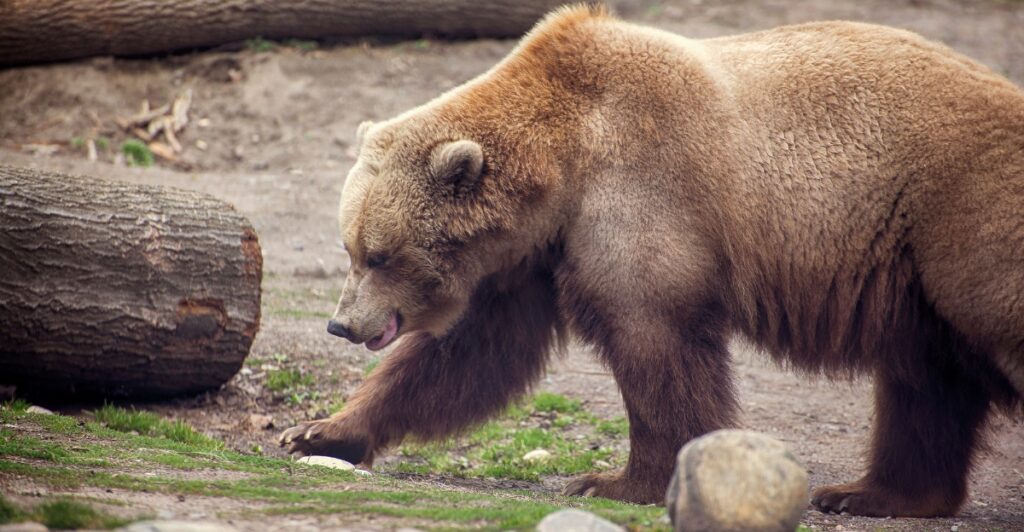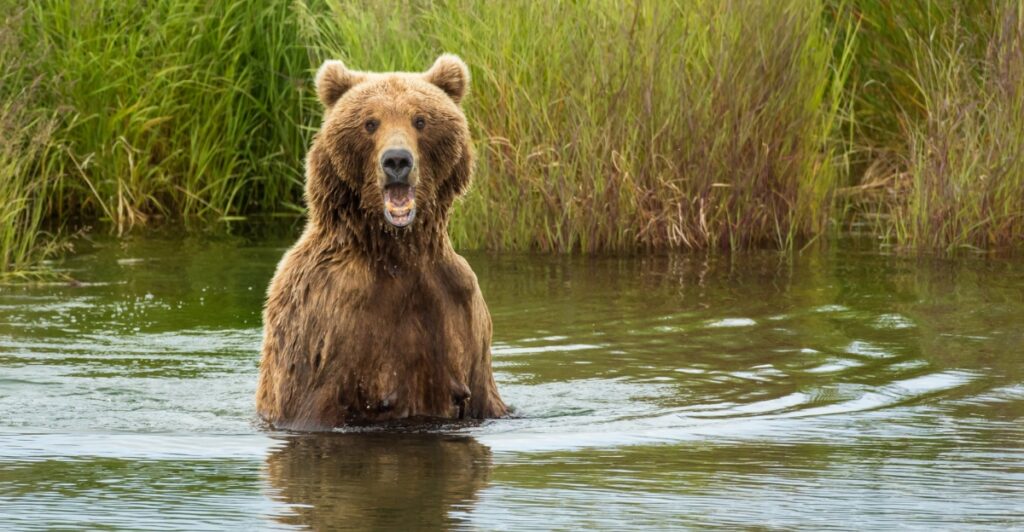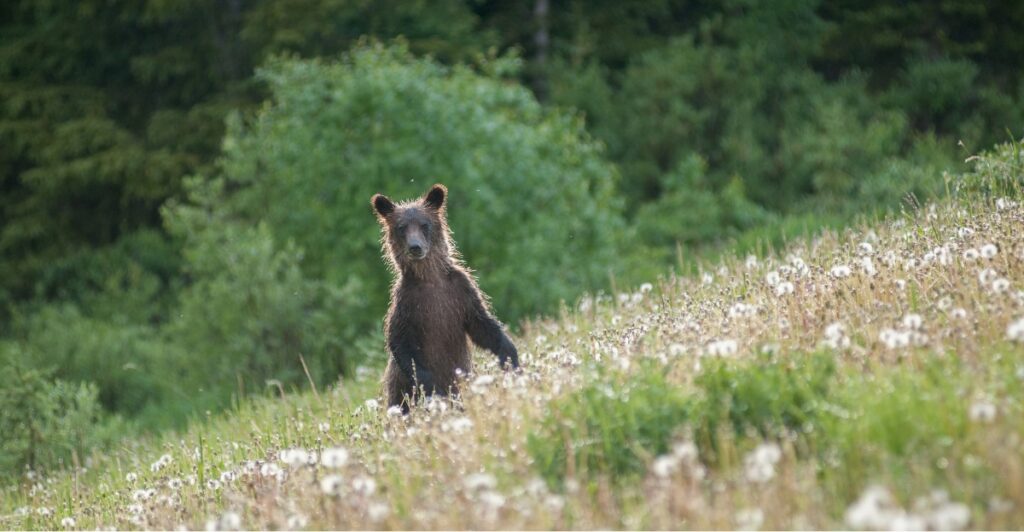
A federal court recently halted a government program responsible for killing grizzly bears in Montana, citing legal and environmental shortcomings. This decision affects wildlife management and grizzly bear conservation, raising concerns from ranchers, conservationists, and federal agencies alike. Here’s a closer look at some key points that unpack the ruling and its implications.
Court Rules Program Violated Law

The federal court found that the U.S. Department of Agriculture’s Wildlife Services failed to meet the standards set by the National Environmental Policy Act (NEPA). Specifically, the agency neglected to evaluate how killing grizzly bears affects the broader environment and the species’ recovery. The court emphasized that such actions could not continue without a comprehensive environmental review. This decision emphasizes the importance of adhering to environmental laws when managing wildlife, particularly for species already listed as threatened under federal protection.
Grizzly Bear Mortality Raises Alarms

Management removals are the top cause of grizzly deaths in Montana, contributing significantly to their declining numbers. Critics argue that this practice reduces the population at a critical time when conservation efforts aim to restore grizzlies to healthy levels. Without careful regulation, human-caused deaths, including from federal programs, threaten to reverse decades of recovery efforts for these big predators, which play a key role in Montana’s ecosystems.
Connection Between Habitats is Key

Grizzly recovery depends on connectivity between isolated populations, such as those in Yellowstone and the Northern Continental Divide. These linkages enable genetic diversity and population growth—both vital for long-term survival. Conservation groups contend that Wildlife Services’ actions disrupt this connectivity by removing dispersing bears, which move between zones and create pathways for others. The court acknowledged this concern, citing the need for recovery programs to focus on supporting such movements.
Wildlife Services Ordered to Revise Plans

The court’s ruling requires Wildlife Services to develop a new Environmental Impact Statement by November 2026. Until then, the agency can continue its operation but under stricter scrutiny. This process will force Wildlife Services to address whether lethal removal aligns with broader conservation goals. Conservationists see this as an opportunity to shift management practices toward approaches that support grizzly population recovery while balancing human-wildlife coexistence.
Conservationists Welcome the Decision

Organizations like WildEarth Guardians and Western Watersheds Project view the ruling as a significant step toward protecting grizzlies. They argue that federal agencies must consider the consequences of lethal actions more carefully, particularly for species already at risk. These groups advocate for alternative strategies that minimize human-grizzly conflict without resorting to killing, emphasizing the importance of preserving Montana’s fragile grizzly population.
Ranchers Raise Livestock Protection Concerns

For ranchers and farmers in grizzly territory, predator management is a matter of economic survival. Livestock owners often request predator removal when grizzlies threaten their herds, seeing it as a necessary measure to protect their livelihoods. Many in the agricultural community worry that stricter regulations could leave them with fewer tools to address conflicts, potentially increasing losses and tensions with wildlife.
Wildlife Services Under Fire

Wildlife Services has long been criticized for some of its methods, such as trapping, poisoning, and aerial shooting of predators. These techniques, while effective in the short term, often draw backlash from conservationists who argue they lack transparency and fail to address long-term ecological impacts. This ruling adds pressure on the agency to rethink its approach, particularly when dealing with federally protected species.
The Role of Dispersing Bears

Dispersing grizzlies, which explore areas outside established population cores, are crucial for the species’ recovery. These pioneering bears help establish new habitats and promote genetic diversity. Wildlife experts argue that removing such bears undermines broader conservation goals, especially in regions like the Bitterroot Ecosystem, where grizzlies have been absent for decades. Protecting these individuals is essential for long-term success.
The Influence of Legal History

This lawsuit builds on previous challenges to Wildlife Services, including a 2019 case that required the agency to update its environmental assessments. Despite these updates, the court found the agency’s recent analyses insufficient. Conservation groups argue that ongoing reliance on outdated or incomplete data leaves critical gaps in understanding the impact of lethal actions on species recovery, necessitating further legal oversight.
Balancing Conservation and Human Interests

The ruling highlights the broader tension between protecting grizzlies and addressing human concerns. While conservationists push for policies that prioritize recovery, communities near grizzly territory often demand immediate solutions to prevent livestock losses and ensure public safety. This dynamic calls for innovative management practices that respect both ecological and human needs, fostering coexistence as much as possible.
A Turning Point for Wildlife Policy

This decision could reshape how wildlife management is approached in Montana and beyond. By requiring Wildlife Services to consider the broader ecological and legal implications of its actions, the court has created an opportunity to prioritize conservation without completely sidelining human interests. The coming years will determine whether federal agencies can adapt to these expectations and find sustainable solutions for protecting threatened species like the grizzly bear.
Resources:
- Western Watersheds Project: Court rules federal program that kills grizzly bears and other wildlife in Montana violated the law
- Daily Montanan: Court will allow lethal grizzly removal, requires environmental impact statement
Stay connected with us for more stories like this! Follow us to get the latest updates or hit the Follow button at the top of this article, and let us know what you think by leaving your feedback below. We’d love to hear from you!







